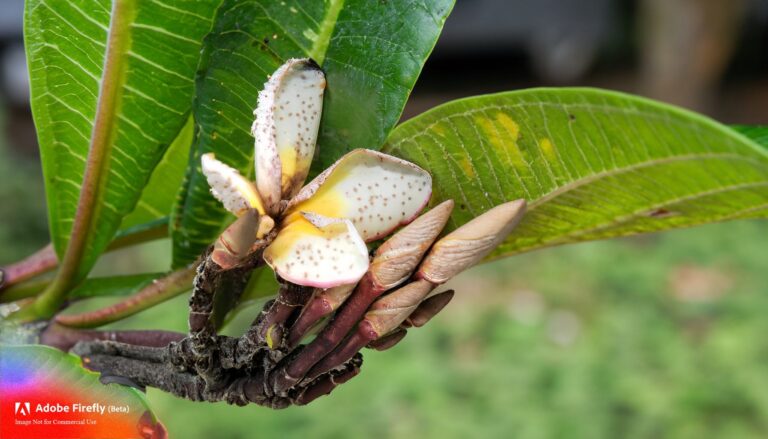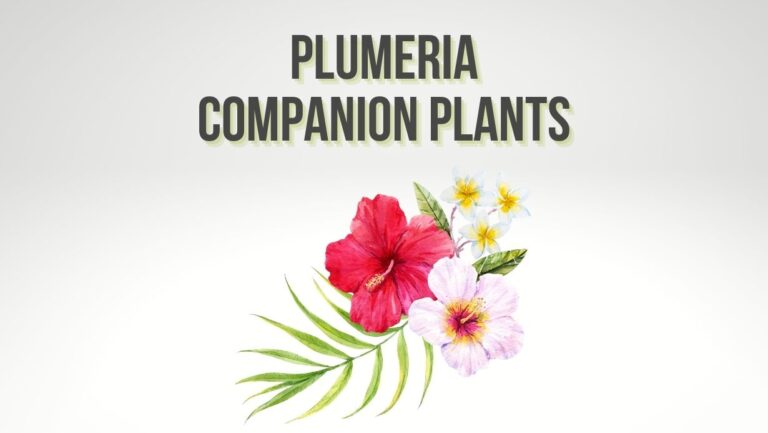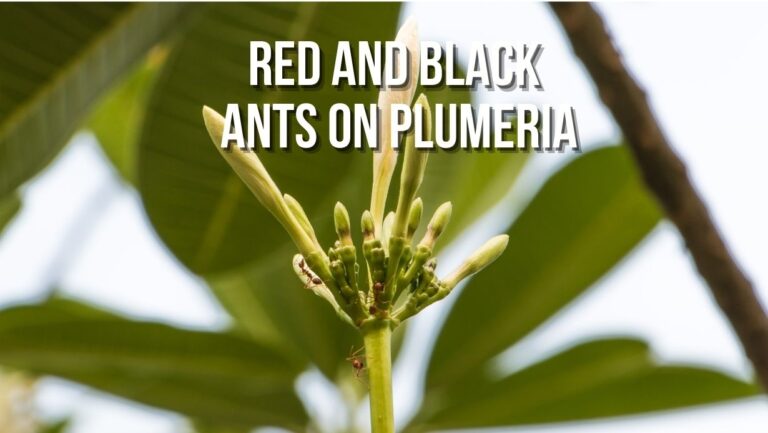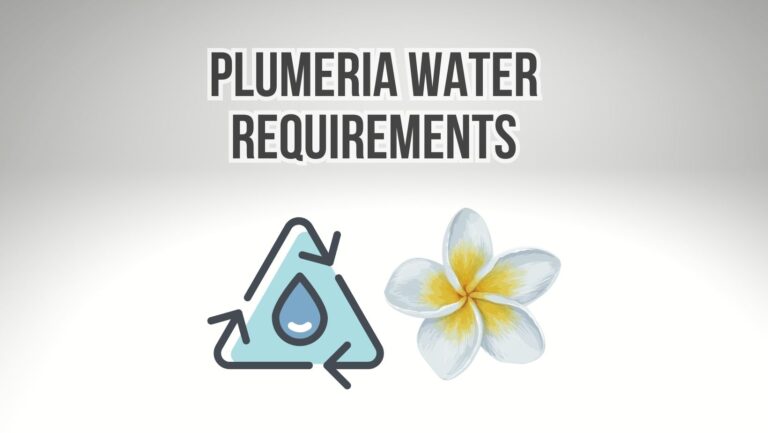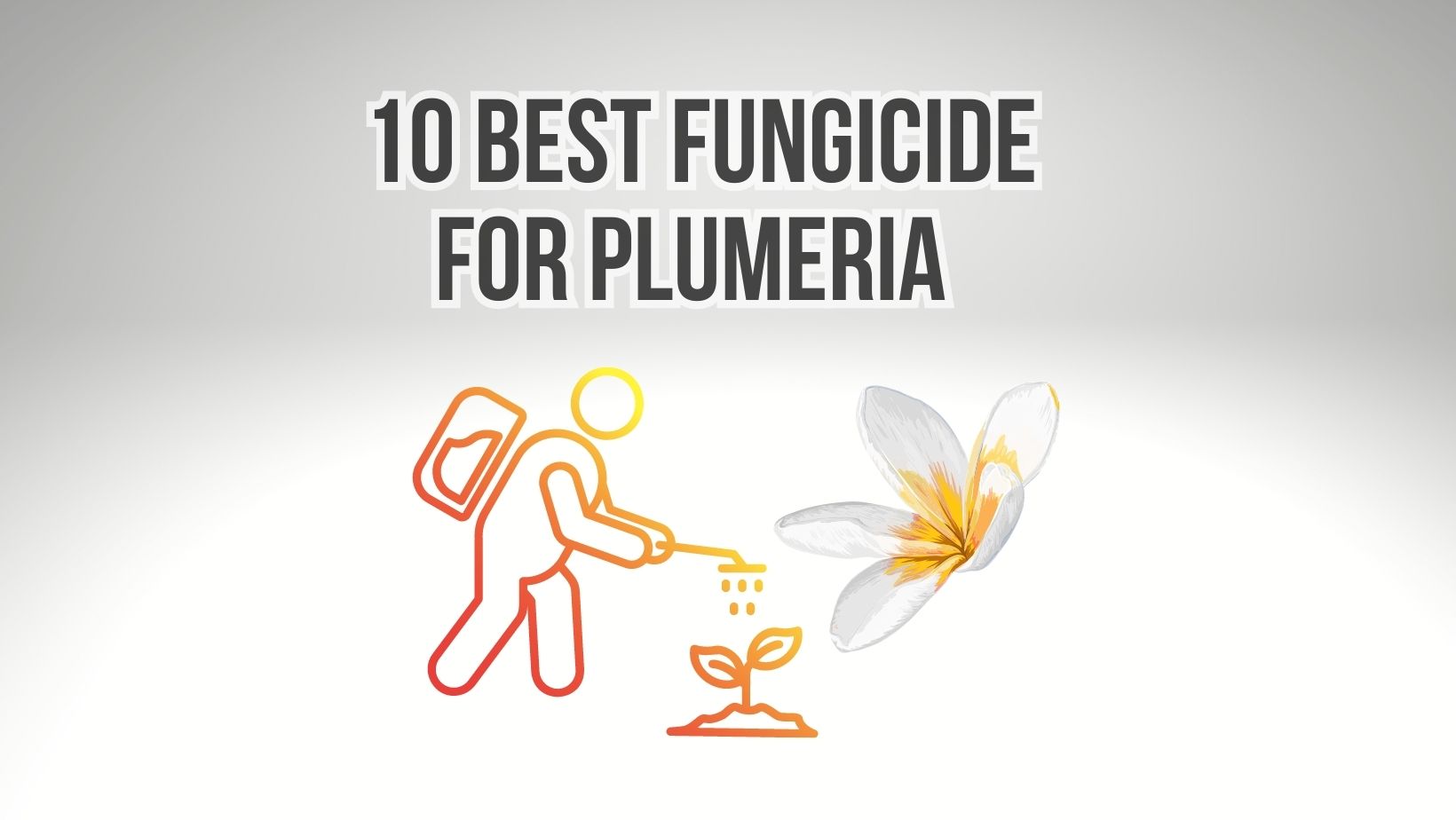
When it comes to direct application on Plumeria fungus, certain fungicides have proven to be effective in controlling fungal diseases. Here are some commonly used fungicides for treating Plumeria fungus:
When it comes to protecting Plumeria Frangipani plants from fungal diseases, using an effective fungicide can help prevent and treat various fungal infections. Here are some of the best fungicides commonly recommended for Plumeria Frangipani:
Effective Fungicides for Plumeria Fungus:
- Chlorothalonil: Chlorothalonil is a broad-spectrum fungicide that is effective against a wide range of fungal diseases, including leaf spot, rust, and powdery mildew. It can be used as a protective spray to prevent fungal infections or as a curative treatment to control existing infections. Follow the instructions on the product label for proper dilution and application.
- Mancozeb: Mancozeb is a fungicide that offers both protective and curative properties against fungal diseases. It is commonly used to control leaf spot, rust, and other fungal infections in Plumeria Frangipani plants. It is important to follow the manufacturer’s instructions regarding dosage and application intervals.
- Copper Fungicides: Copper-based fungicides, such as copper sulfate or copper hydroxide, are effective against a variety of fungal diseases, including anthracnose and bacterial leaf spot. These fungicides work by inhibiting fungal growth and preventing the spread of infection. Care should be taken to follow the instructions on the product label, as excessive use can lead to copper toxicity in plants.
- Propiconazole: Propiconazole is a systemic fungicide that provides control against fungal diseases such as black tip and frangipani rust. It is absorbed by the plant and translocated throughout the tissues, offering long-lasting protection. Follow the recommended application rates and intervals specified on the product label.
- Thiophanate-methyl: Thiophanate-methyl is a systemic fungicide that controls a broad range of fungal diseases, including powdery mildew and black tip. It works by inhibiting fungal cell growth and preventing the spread of infection. Follow the instructions on the product label for proper application and safety precautions.
- Neem Oil: Neem oil is derived from the neem tree and acts as a natural fungicide. It has antifungal properties that help control various fungal diseases, including those affecting Plumeria plants. Neem oil disrupts the fungal life cycle, preventing spore germination and inhibiting fungal growth. It is typically mixed with water and sprayed directly onto the affected parts of the plant.
- Sulfur Spray: Sulfur is a traditional fungicide widely used for controlling fungal diseases, including powdery mildew and rust, which can affect Plumeria plants. Sulfur sprays create an unfavorable environment for fungal growth by altering pH levels and inhibiting spore germination. It is important to follow the manufacturer’s instructions regarding application rates and precautions, as excessive sulfur use can damage the plant.
- Copper Spray: Copper-based fungicides, such as copper sulfate or copper hydroxide, are effective against a wide range of fungal diseases, including those affecting Plumeria plants. Copper sprays work by disrupting fungal cell walls and preventing spore germination. They provide broad-spectrum protection and can be used as a preventive measure or curative treatment for fungal infections.
- Bayleton, Benomyl, or Oxycarboxin: Bayleton, benomyl, and oxycarboxin are systemic fungicides commonly used to control fungal diseases. They are available in various formulations, including sprays and dusts, and can be applied directly to the affected parts of Plumeria plants. These fungicides are absorbed by the plant and provide long-lasting protection against fungal infections. It is important to carefully follow the product instructions for proper application and safety precautions.
Plumeria Rust: Causes, Treatment, & Prevention
Plumeria rust, caused by the fungus Coleosporium plumeriae, is a common fungal disease that affects Plumeria Frangipani plants. It is characterized by the appearance of orange or rust-colored spores on the undersides of leaves, which can lead to defoliation and weaken the overall health of the plant. Understanding the causes, treatment options, and prevention strategies for Plumeria rust is essential for maintaining the health and beauty of your plants.
Causes of Plumeria Rust:
Plumeria rust is primarily caused by fungal spores that are spread through wind, rain, or contact with infected plant material. The spores can overwinter on fallen leaves, soil, or other plant debris, and when favorable conditions arise, such as high humidity and moisture, they germinate and infect new growth. Stress factors, such as inadequate sunlight, poor air circulation, and improper watering practices, can also make Plumeria plants more susceptible to rust infection.
Treatment of Plumeria Rust:
- Prune and Dispose of Infected Leaves: As soon as you notice signs of Plumeria rust, it is crucial to prune and remove the infected leaves. This helps prevent the spread of spores to healthy parts of the plant. Dispose of the infected leaves in sealed bags or burn them to prevent reinfection.
- Fungicide Application: Fungicides can be used to control Plumeria rust. Select a fungicide that specifically targets rust diseases and follow the instructions on the product label for proper dilution and application. Apply the fungicide as a preventive measure during periods of high humidity or at the first signs of rust infection.
- Improve Growing Conditions: Creating optimal growing conditions can help prevent and reduce the severity of Plumeria rust. Ensure your plants receive sufficient sunlight, at least six hours a day, as this helps promote foliage drying and reduces humidity. Proper air circulation around the plants is essential, so avoid overcrowding and prune to improve airflow. Additionally, practice proper watering techniques by watering the base of the plants, avoiding overhead irrigation that can promote moisture on leaves.
Prevention of Plumeria Rust:
- Cleanliness and Sanitation: Practicing good garden hygiene is key to preventing Plumeria rust. Regularly remove fallen leaves, plant debris, and any infected material from the vicinity of your Plumeria plants. This reduces the presence of overwintering spores and helps eliminate potential sources of infection.
- Plant Selection and Placement: When selecting Plumeria plants, choose varieties that are known to be resistant to rust. Additionally, consider the placement of your plants, ensuring they receive adequate sunlight and have sufficient spacing to promote air circulation and reduce humidity around the foliage.
- Avoid Overwatering: Overwatering creates a favorable environment for fungal diseases like Plumeria rust. Water your Plumeria plants deeply but infrequently, allowing the soil to dry out between waterings. Avoid wetting the foliage excessively, as this can encourage disease development.
- Regular Inspections: Regularly inspect your Plumeria plants for any signs of rust or other fungal infections. Early detection allows for prompt treatment and minimizes the spread of the disease.
By following these practices and implementing proper care techniques, you can reduce the risk of Plumeria rust and ensure the health and vitality of your plants. Prompt action at the first signs of rust and consistent preventative measures will help protect your Plumeria plants and preserve their beauty.
Partying Words
When using fungicides, it is important to follow the manufacturer’s instructions regarding application rates, timing, and safety precautions. Additionally, it is recommended to alternate or rotate between different fungicides to prevent the development of fungicide resistance in fungal populations.
Please note that the availability and specific formulations of these fungicides may vary by region or country. Always check the product label and consult with local gardening experts or extension services for the most appropriate and effective fungicides for your specific location and Plumeria fungus issues.

